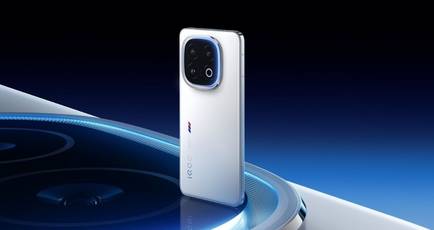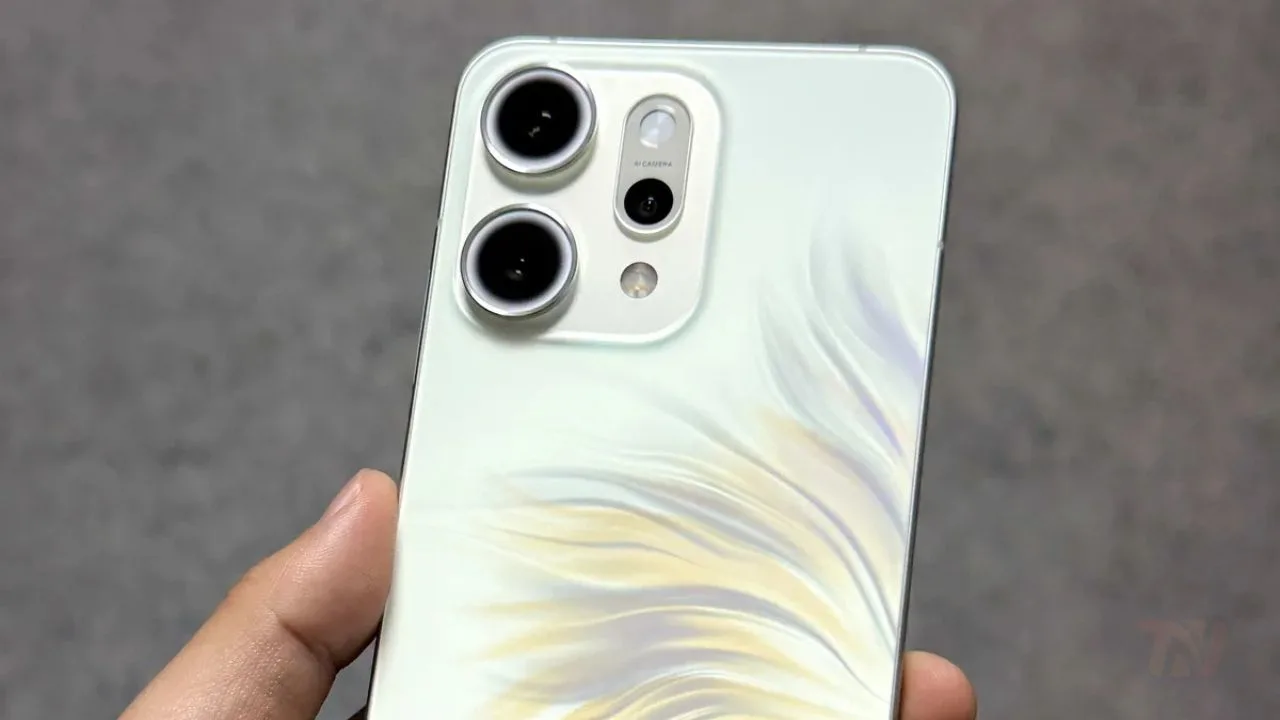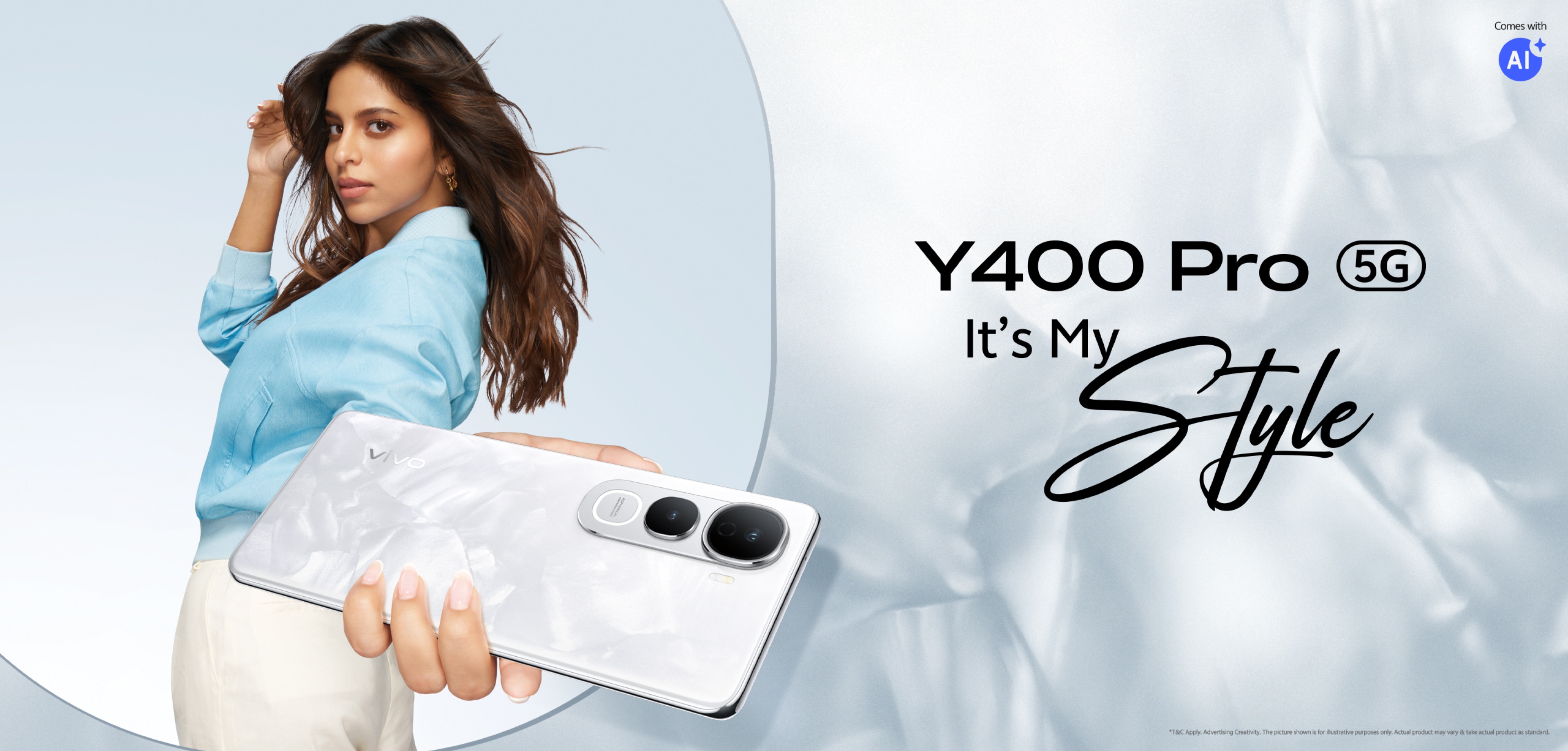7300 battery phone || iQOO Z10 Turbo
 Introduction
Introduction
This phone offers great value, but it also has a few issues. This is IQoo Z10 Turbo Pro, phone that’s going to be sold as iQoo Neo 10 in India. And there is a lot to like about this one. This flaming orange back, a 7,000 mAh battery, the flagship S performance numbers, but there are issues, too. And let’s talk about all that.
Unboxing Experience

Let’s begin with what’s in the box. And iqoo, they’ve done good. We’ve got the phone itself, a quick start guide, a soft case, the SIM tool, and here’s my favourite part, a USB type-C to type-C cable, and a 120 watt Vivo Flash charger. Now, this charger, it supports 100 W PPS, meaning if you’re traveling with your phone and say a laptop, you could technically use just one charger for both devices. And given how small this one is, it’s definitely convenient.
Battery and Charging

Now, like I mentioned, this phone comes with a 7,000 mAh battery. And here’s a funny story. The first time I saw the spec sheet, my first thought was so lower capacity than the Redmi. This was just in my head just for a moment cuz I caught myself. I was asking myself, did you just crib about the battery capacity being lower when they’re offering a 7,000 mAh battery? Cuz for a moment, I did. And it’s insane, right? How quickly the battery landscape has been changed because of silicon carbon tech.
iQOO have confirmed that as the Neo 10, the battery capacity is not going to be downgraded for India. It’s still going to be 7,000 mAh. This 7,000 mAh can be charged very quickly because it get 120-watt charging 40% in 15 minutes, a full charge in 35 min. Great. And given its silicon carbon, this phone is still quite slim. The thickness is just a tad over 8 mm.
Design and Build

So, in hand, the feels even slimmer. It’s quite comfortable to hold. I do wish the fingerprint scanner placement was a little higher, but for the most part, it’s quite comfortable.
Now, I really like this back. The orange this time, it’s got to be my favourite. The other three are fine, but those backs, they are plain, while this one looks like a burning flame when you look at it a certain way.
No, with the cameras, I kept that flagship IU 13 port hole design. Though, this is only a dual camera setup. This is the flash, and this here is purely cosmetic. We’ll talk about cameras in a bit.
Now, the back and the frame are both plastic, but they have a matte finish and are pretty resistant to fingerprints and smudges. I guess IU had to go plastic here to keep the price competitive and/or the weight manageable. It’s a little over 200 g. By the way, there is still an IP65 rating, though.
Thermal Performance and Throttling
Think about this for a minute. A back that looks like it’s burning and a chip on the inside that the last time we saw it was on a phone that felt like it was burning when you pushed it. I went in thinking I’d appreciate the irony if this phone were to run just as hot. But thankfully that wasn’t the case. This phone ran cool.
That said, it wasn’t all roses cuz the stability score was worse than the Redmi. This phone lost over 60% of its peak performance after 20 minutes. Seems like this is an 8S Gen 4 issue where Redmi let the phone run hot for a bit more stability. iQoo just Seen more conservative with the thermals, so they’ve just throttled things quicker to keep the phone cooler.
Battery Tech and Cooling
Now, there were a few people in my last article who were asking, “Bro, is there a way that silicon carbon is causing this heat? If it’s not the 8s Gen 4, maybe it’s the high-capacity battery.” I don’t think so. Silicon carbon does not really cost any more heating than your regular battery. But given this phone has bypass charging support, I decided to test that and as expected after running the stress test, there wasn’t any noticeable difference in the scores. They were pretty much the same.
Chipset and Cooling Performance

Now, the 8S Gen 4, it does have potential?
Now, the 8S Gen 4 has a lot of potential, and IO’s not cheap out on the other specs either. We get the faster LPDDR5X ultra-RAM along with UFS 4.1 storage. And IO’s even thrown in the Q1 chip for super resolution and frame generation. But if you want to realize that potential, you’re going to have to get yourself an external cooler like this.
When I reran the same test with the cooler on, this was my stability score. These scores are much better. Right now, with regular use, I did not experience any issues. Original S5 was very quick, very responsive.
Display
Yes, in other markets, this phone should be launching with Font OS, but I don’t expect performance to be any worse given all that horsepower underneath. And the 144Hz refresh was also welcome. Once again, that said, I wish I could give us 90 and 120 Hz options here. Still, this is a very good display. 6.78 in AMOLED, 1.5K resolution.
It also happens to be very bright. 4,400 nits for HDR is the claim. In my testing, it output about 2,000 nits under auto mode, so it’s very easy to use outdoors. Now, if you are someone sensitive to OLED flicker, IU provides 2160 Hz PWM dimming out of the box. But if you enable developer options, you can switch that up to 4320 Hz or go with full DC-like dimming depending on your preference.
Camera Performance

So, a good display. That’s a strength of this phone. What is not a strength of this phone though is the optics. The primary is the decent Sony Lite 600, a 50-megapixel half2-in sensor that’s paired with an F1.8 lens that is optically stabilized.
Guys, we’ve seen the sensor a lot. And here on this IQoo phone, it performs more or less similarly. The one thing that did stand out to me is the fact that IU kind of boosts the saturation a little. Weirdly, they don’t do that with the ultra-wide. So, that difference is very noticeable when we see these images side by side.
And the ultra-wide itself is pretty average. It’s 8 MP, no autofocus, so no macros. Under low light, the primary it performed just fine. But for video, yes, you can shoot 4K 60, but there’s a whole lot of EIS jitter with a bit of focus hunting thrown in. So, I found the video capability of this phone very underwhelming. And not just for the rear camera.
The 16 megapixel selfie camera only lets you shoot 1080 video that’s not even stabilized and very over sharpened. The stills, unlike the video, they were usable, but they also had that over sharpening done.
- Battle of comparison Motorola edge 60 Pro vs Vivo V50 Comparison
Final Thoughts and Pricing
Now the underwhelming optics and the heavy throttling they do leave a sour taste in the mouth. But the price at which I launched this phone that does go a fair fair long fairly long way in washing that sour taste out. This phone in China it’s been launched at 1999 remmbb converted prices on screen right now.
Converted Prices 22,999/-
Even the rumoured Indian launch prices seem sensible to me. If cameras weren’t high on your list of priorities, and you wanted a phone that’s snappy and quick, feels good in hand, has a very bright, very high quality display with a mammoth battery capacity, and one that can deliver great performance in bursts, sustained even if you’re willing to throw on an external cooler, and manages to do all that at a very competitive price.
 Introduction
Introduction




